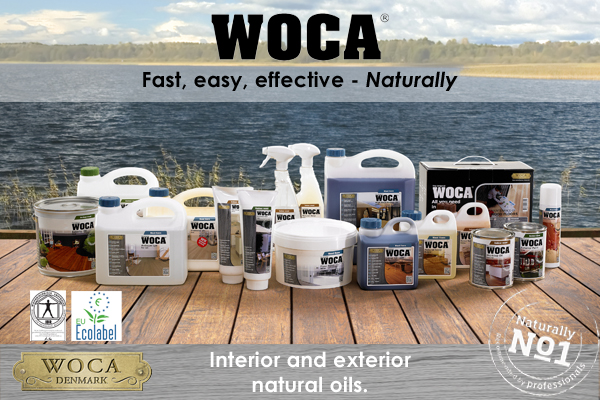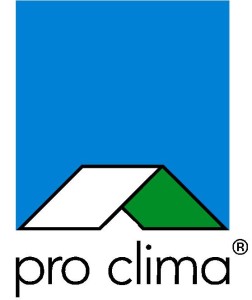Podcast: Play in new window | Download | Embed

The Homestar mandatory minimums are a series of benchmarks that have to be achieved in order to progress up the Homestar scale. They’re important because if they are are not achieved, your score will be held back. So what are the Homestar mandatory minimums, and how can you achieve them?
Homestar
Homestar is New Zealand’s environmental rating tool for homes. It’s based on the UK’s Code for Sustainable Homes and is also similar to the US Green Building Council’s LEED for Homes.
The principles of the Homestar mandatory minimums are relevant wherever you are, but if you want to achieve a high Homestar rating (6 of above), you’ll definitely want to know a bit about them.
Homestar Mandatory Minimums
The mandatory minimums cover only three main categories, but at a few different levels. The minimums requirements are summarised in the table below.
| To Achieve… | Credit | Requirement to meet |
|---|---|---|
| 3 Stars or above | EHC-6: Whole House Thermal Performance | 7.6 out of 15 points |
| 5 Stars or above | EHC-6: Whole House Thermal Performance | 10 out of 15 points |
| 5 Stars or above | EHC-7: Moisture Control | 3 out of 4.5 points |
| 6 Stars or above | WAT-2: Internal Potable Water Use | Dual flush toilets with a maximum 6/3 litre flush, AND Showers with a flow rate of 9 L/min or less |
| 7 Stars of above | EHC-6: Whole House Thermal Performance | 11.5 our of 15 points |
Not surprisingly, these match up closely to my fundamental wraps, gaps and taps. The whole point of the Homestar mandatory minimums is to emphasise the importance of getting these basics right.
But What do the Mandatory Minimums Mean?
Achieving ’10 our of 15 in EHC-6′, means something to a Homestar Assessor, but it doesn’t mean much to a homeowner or even an average designer. So let’s break it down.
EHC-6: Whole House Thermal Performance, is all about how well your house is insulated. The more insulation, the easier it will be to maintain a comfortable temperature, with less energy. And the score for EHC-6 is related to the amount of heating energy required to maintain 18°C for the assumed heating season of the particular region. This is measured in both kWh/yr and MJ/m², but the points are allocated according to MJ/m². The lower the energy required to maintain 18°C , the higher the number of points allocated.
So the underlying performance criteria is regionally specific. Here are two examples.
Auckland
The assumed heating season in Auckland is three months, June through to August and points are allocated as follows:
- For 7.6 points, heating load = 104 MJ/m²
- For 10 points, heating load = 65 MJ/m²
- For 11.5 point, heating load = 43 MJ/m²
Christchurch
The assumed heating season in Christchurch is five months long, May through to September and points are allocated as follows:
- For 7.6 points, heating load = 289 MJ/m²
- For 10 points, heating load = 178 MJ/m²
- For 11.5 point, heating load = 119 MJ/m²
Putting all this together, the whole house thermal performance minimum requirement for a house in Auckland to achieve 6 Homestar, is 65 MJ/m², whereas for a house in Christchurch it’s 178 MJ/m². The difference provides an additional allowance for colder climates.

Moisture Control
The required 3 points out of 4.5 for EHC-7 is also pretty meaningless without access to the Homestar Manual. In real terms, the most important features required to achieve this are:
- Minimum R-values in walls, ceilings, floors and windows – to reduce the risk of condensation.
- Good extractor fans in kitchens and bathrooms – to keep indoors dry.
- Windows that open and can be left open safely during the day – to encourage passive ventilation.
- Floor wastes or sink overflows fitted in bathrooms, laundries and kitchens – to reducing the risk of flooding.
The first one here, minimum R-values, typically trips people up with respect to floors. To achieve the required minimum R-value of 1.5 in a concrete floor, the slab will usually require edge insulation.

 Water Efficiency
Water Efficiency
Getting this right is probably the least challenging. To find high rated water efficient products, use the Water Efficiency Labelling Scheme (WELS) database.
Summary
The Homestar mandatory minimums mean that certain design features can punch above their weight. You can have all the solar panels you like, but if you don’t have adequate concrete slab insulation or water efficient showers, you’ll never get above 5 Homestar.
The key messages here are:
- Know that mandatory minimums are important. They could be the difference between an average rating and a great one.
- Get help from an Homestar Assessor as early as possible in the design of your sustainable house project.
If you have any question about this, or other aspects of Homestar, contact an Assessor, post a question below or get in touch.
Leave a Reply